Biology The Study of Life: Part 23 (Origins of New Species)
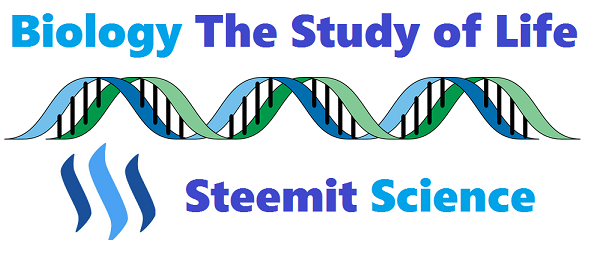
Introduction
This informative series of posts will explore modern biology; the fundamental principles of how living systems work. This material will always be presented at the level of a first-year college biology course, without assuming any prior background in biology or science. It also presents material in a conceptual format. Emphasizing the importance of broad, unifying principles, facts and details in the context of developing an overarching framework. Finally, the series takes a historical approach wherever possible. Explaining how key experiments and observations led to our current state of knowledge and introducing many of the people responsible for creating the modern science of biology.
Origins of new species.
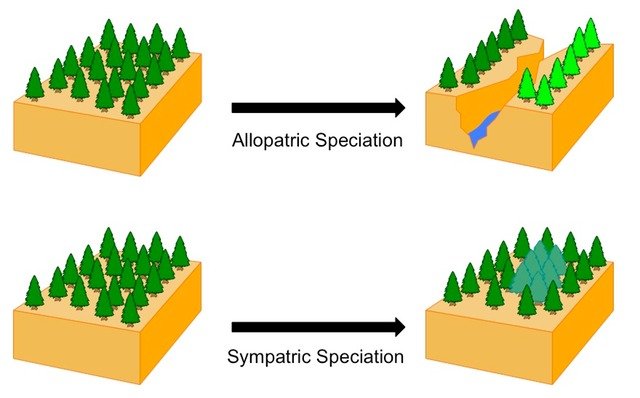
Sympatric speciation occurs in the absence of physical separation of populations and, thus, requires different mechanisms for preventing gene flow between sets of individuals. The post also discusses how, once the process of speciation has begun, barriers may arise that further reduce gene flow between incipient species, thus enforcing reproductive isolation. It ends by exploring the idea that natural selection might act to enhance reproductive isolation through the process of reinforcement, in which characters involved in mating diverge even further when recently evolved species come back into contact. The post ends by considering an alternative theory of the mode and pace of evolution and outlining what evolution does not do.
Sympatric speciation mechanisms are less well understood than allopatric speciation mechanisms.
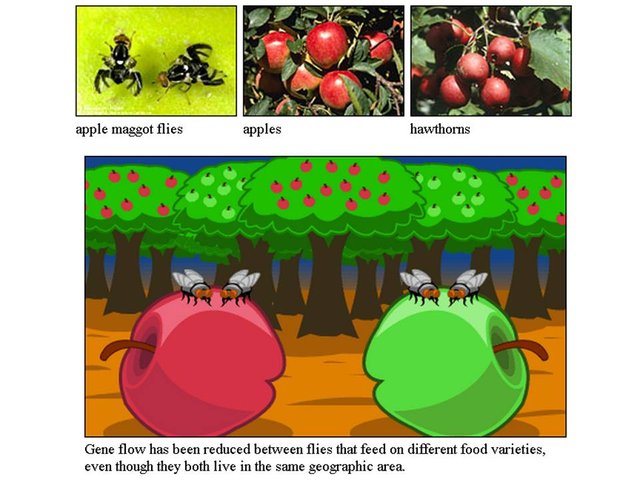
In fact, evolutionary biologists continue to debate whether or not physical separation is a necessary first step in the speciation process. Sympatric speciation occurs when there is no physical separation between individuals that become reproductively isolated.
One sympatric speciation mechanism involves an accident during meiosis that results in the formation of diploid gametes.
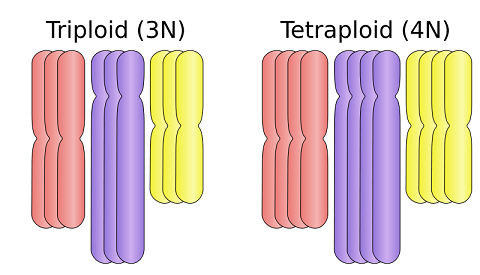
- If diploid gametes fuse, the resulting polyploid zygote will have four copies of the parental chromosomes. Sometimes, such individuals survive and are able to produce their own gametes.
- However, such individuals can no longer reproduce with normal diploid individuals, because gamete fusion would produce triploid offspring, which would almost certainly be sterile.
- A polyploid individual is completely isolated from a diploid population.
- Polyploid individuals could successfully mate with each other, but more likely is the possibility that the polyploid individual would mate with itself.
- Speciation through polyploidy is common in plants because many species can reproduce by self-fertilization, obviating the need to find a sexual partner with a similar genetic abnormality.
- Botanists estimate that 70% of all flowering plants are, in fact, polyploid.
Another speciation mechanism involves interspecies hybrids that are sterile but can fertilize themselves.
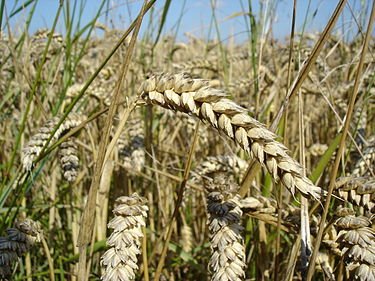
These hybrids can reproduce but will be reproductively isolated from both parent species. Modern wheat, for example, is the result of two hybridizations and is a polyploid that contains the genes of three wild grains.
Natural selection may also act strongly enough to prevent gene flow between populations.

In the case of the soapberry bug, the introduction of a new species of soapberry tree produced a bimodal distribution of beak size, similar to the black-bellied seed-cracker. However, because the soapberry bug also lays eggs on the host plant, the combination of natural selection for beak size and the association of feeding with mate choice may eventually restrict gene flow enough to produce two different species.
Once gene flow between two populations is blocked, new species will result only if genetic divergence leads to an incompatibility that preserves reproductive isolation.
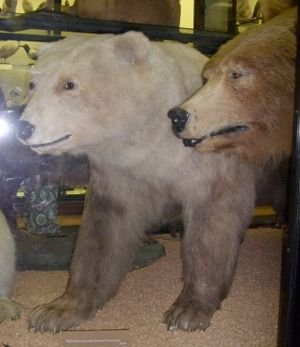
There are several mechanisms for preserving reproductive isolation. Prezygotic barriers prevent the gametes of two individuals from ever fusing with each other. They include behavioral mechanisms, such as mating location specificity; mechanical limits that physically prevent individuals from mating; and incompatible physiological differences that prevent fertilization. Postzygotic barriers prevent zygotes from becoming viable organisms. They are largely caused by the fact that hybrid offspring may not be fertile or, even if fertile, may be less fit than normal individuals. Although these reproductive isolation mechanisms block gene flow between species, they are not themselves responsible for speciation.
If two populations of two recently evolved species come to overlap in space, reproductive isolating mechanisms will reduce gene flow in spite of the fact that individuals from the two species are in close proximity again.
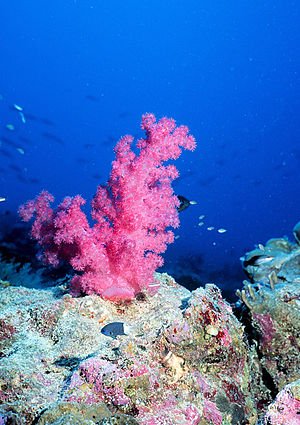
Our discussion to this point has assumed that isolating mechanisms arise as a byproduct of genetic divergence. Natural selection, though, can act to enhance reproductive isolation. Individuals that entirely avoid producing hybrid offspring might have a fitness advantage, so we might expect natural selection to enhance the effectiveness of isolating mechanisms. Selection is less likely to enhance postzygotic isolating mechanisms because natural selection, by definition, would not likely act to reduce offspring viability or fertility. Selection might act to enhance prezygotic isolating mechanisms through the process of reinforcement, so named because it reinforces differences that arose initially when populations were isolated from each other.
The best evidence for reinforcement comes from Drosophila, different species of which have ranges that overlap to differing degrees.
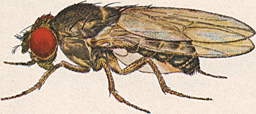
Jerry Coyne and Allen Orr worked with fruit fly species that were closely related but varied in whether they lived in the same area as other species (sympatry). The prediction was that closely related flies living in sympatry should be less likely to mate than equally closely related flies living farther apart. Coyne and Orr found that sympatric species were less likely to hybridize, supporting the hypothesis that natural selection reinforces reproductive isolation.
The implication of the way we have talked about evolution so far is that changes accumulate slowly over time.

This theory of a slow, steady evolution is called gradualism and was the view espoused by Darwin. More recent evidence suggests that there can be long periods of little change interrupted by rapid, abrupt evolutionary changes. This alternative is called punctuated equilibrium and was first proposed in 1972 by Niles Eldridge and Stephen Jay Gould. The “rapid” changes of punctuated equilibrium are still relatively long, long enough to involve the same kinds of mechanisms for evolutionary change we have discussed, such as genetic drift occurring in small populations or natural selection. Eldridge and Gould’s main point is that speciation itself stimulates evolutionary change and that once this process is complete, new species undergo relatively little evolutionary change for long periods.
Although evolution is often seen as a continual progression, it does not produce “perfect” organisms, or even “better” organisms, in any absolute sense, for three reasons.
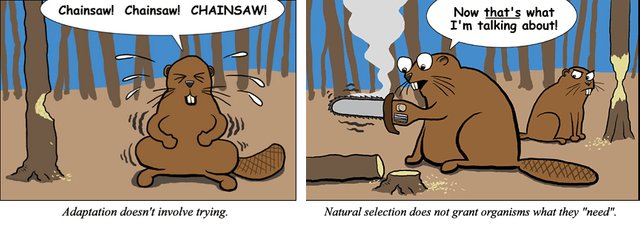
Evolution does not act on a blank slate but must work with an organism’s existing features. Adaptations are often compromises between competing selective pressures, as in the case of an animal that would benefit from being brightly colored enough to attract mates but not so bright that it attracts predators. Not all evolution is adaptive genetic drift is an important mechanism of evolutionary change and is essentially random.
END PART 23
BIOLOGY THE STUDY OF LIFE:
PART 1 INTRODUCTION
PART 2 WHAT IS LIFE
PART 3 ORIGIN OF LIFE
PART 4 CELL TO ORGANISM
PART 5 PROTEINS
PART 6 CODE OF LIFE
PART 7 DOUBLE HELIX
PART 8 REPLICATING DNA
PART 9 CENTRAL DOGMA
PART 10 GENETIC CODE
PART 11 DNA TO RNA
PART 12 RNA TO PROTEINS
PART 13 MISTAKES HAPPEN
PART 14 WHEN CELLS DIVIDE
PART 15 MENDEL'S PEA PLANTS
PART 16 SEX AND VARIATION
PART 17 GENES AND CHROMOSOMES
PART 18 CHARLES DARWIN ON THE ORIGIN OF SPECIES
PART 19 NATURAL SELECTION
PART 20 DARWIN VS MENDEL
PART 21 MECHANICS OF EVOLUTIONARY CHANGE
PART 22 WHAT ARE SPECIES AND HOW DO NEW ONES ARISE
PART 23 ORIGINS OF NEW SPECIES
Image Credits -
https://hackpad-attachments.s3.amazonaws.com/hackpad.com_SDGayiV0DOv_p.230164_1415592340779_allopatric_vs_sympatric_med.jpeg
http://vignette4.wikia.nocookie.net/dragonflyissuesinevolution13/images/6/68/Presentation1.jpg/revision/latest?cb=20131031234742
https://upload.wikimedia.org/wikipedia/commons/thumb/a/aa/Haploid%2C_diploid_%2Ctriploid_and_tetraploid.svg/330px-Haploid%2C_diploid_%2Ctriploid_and_tetraploid.svg.png
https://upload.wikimedia.org/wikipedia/commons/thumb/b/b4/Wheat_close-up.JPG/375px-Wheat_close-up.JPG
https://upload.wikimedia.org/wikipedia/commons/thumb/0/0f/Flores.gif/255px-Flores.gif
https://upload.wikimedia.org/wikipedia/commons/thumb/9/95/Polarbrown-1.jpg/300px-Polarbrown-1.jpg
https://upload.wikimedia.org/wikipedia/commons/thumb/9/99/Reef0484.jpg/300px-Reef0484.jpg
https://upload.wikimedia.org/wikipedia/commons/c/cb/Drosophila_pseudoobscura-Male.png
https://upload.wikimedia.org/wikipedia/commons/thumb/6/69/Punctuated-equilibrium.svg/330px-Punctuated-equilibrium.svg.png
http://www.bio.miami.edu/dana/pix/chainsawbeaver.jpg
Bird [Giphy](https://giphy.com/gifs/blue-5lDik5jPpRw2Y)

 or
or  @pjheinz
@pjheinz

Excellent article,and I would like to submit this for Steemtrail, but under the science tag. Would you consider changing the tag to science, and having biology as the second tag? After all, biology is a subcategory of science.
Thanks for reading. The first tag can not be changed I will move science to the 2nd tag. That is the best I can do under the circumstances.
Cool, I will submit your post. You are one of the few good writers in the science category, so you will be picked in the future as well, for sure.